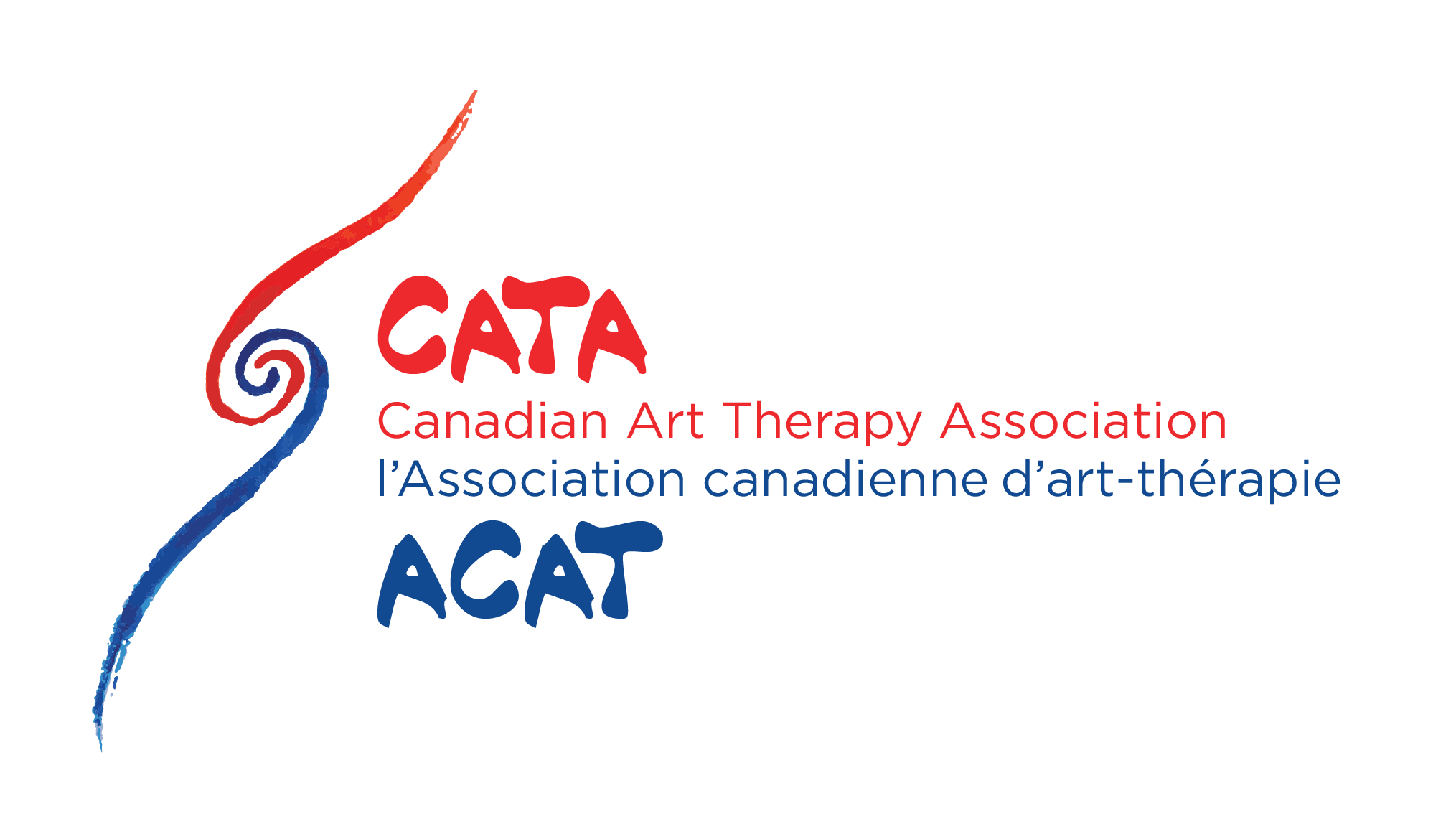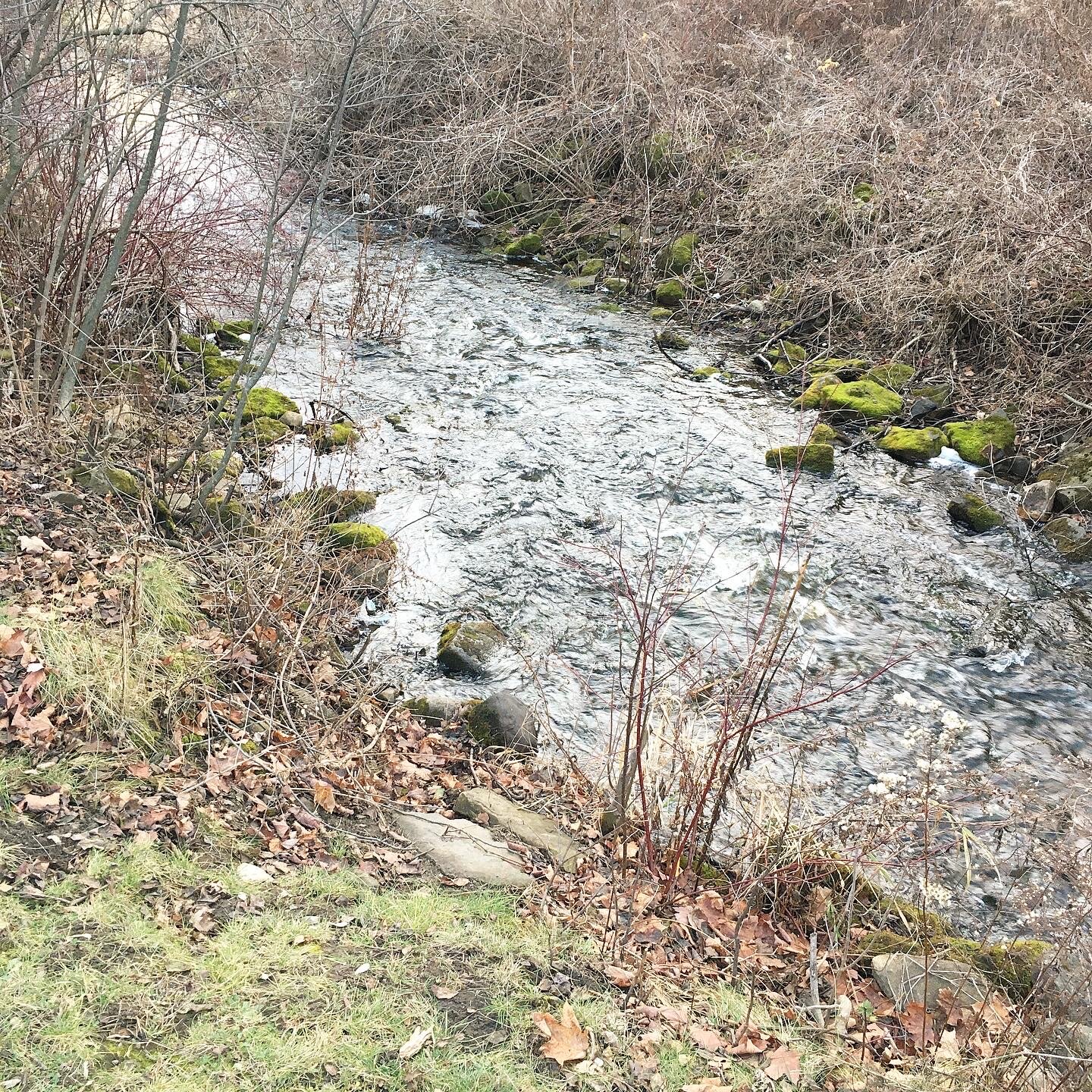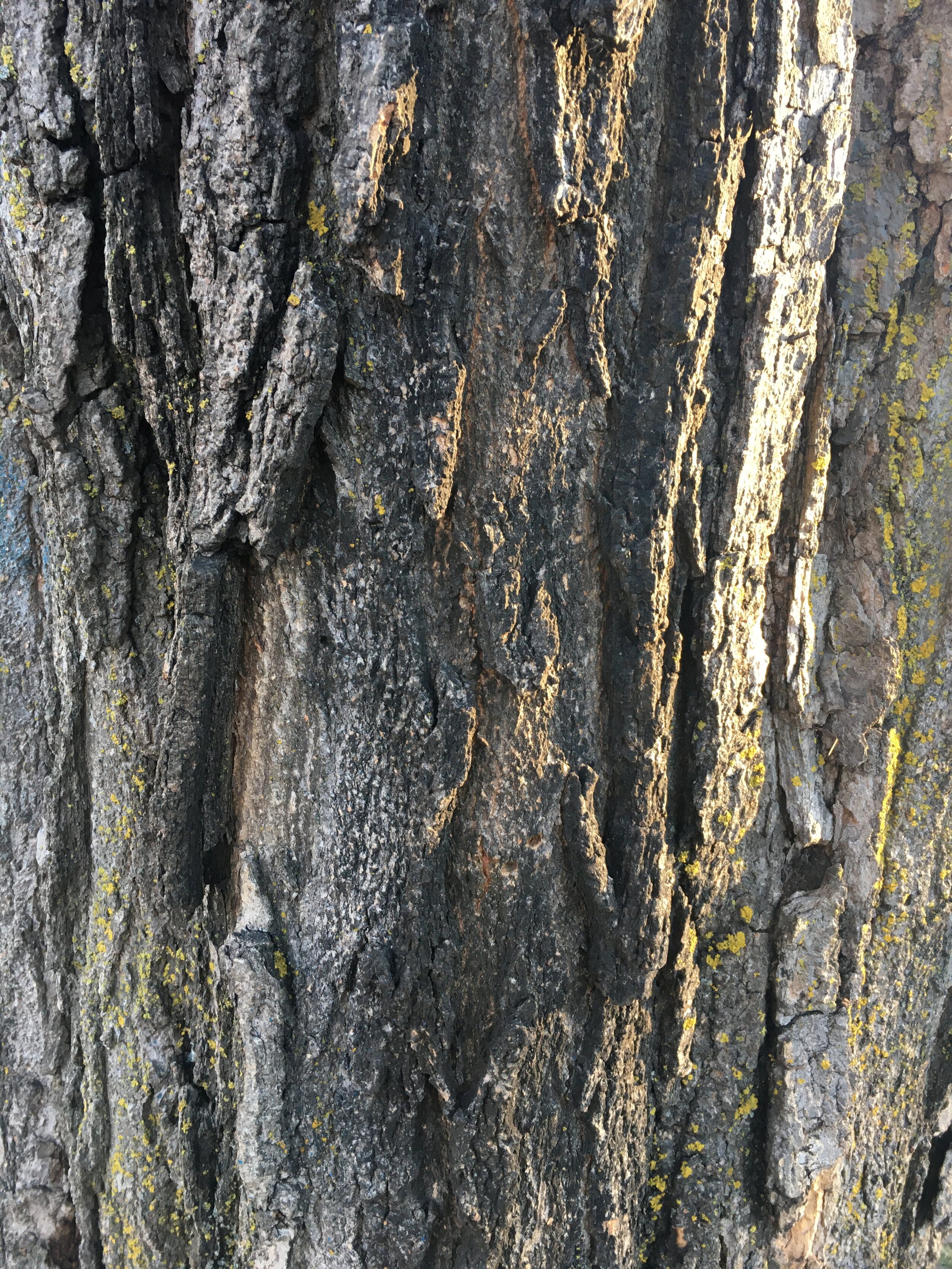Virtual Therapy Infused with Eco-Art Therapy
Taylor Bourassa (DTATI Cand., RP-Qualifying)
Ottawa, ON
For the past year therapy has mostly been offered virtually, due to the lack of ability to facilitate in-person therapy in the midst of a global pandemic. There are positive and negative aspects to accessing virtual therapy. In general, virtual therapy makes therapy more physically accessible and accommodating. Virtual therapy does not, however, fully address financial accessibility for those who are unable to afford secure internet connections, electronic devices on which they can access therapy, or who are unable to ensure a secure and confidential environment in which to access virtual therapy due to shared living space. With the continued growth of virtual therapy, these things should be taken into consideration to ensure best possible practice.
I have had the opportunity to facilitate virtual therapy through the Toronto Art Therapy Institute’s virtual art therapy clinic, which opened in September 2020. Through my work I have noticed one of the most glaring repercussions to virtual therapy has been a sense of detachment or disconnect between therapist and client, due to the added dimension of the computer or phone screen. Accessing virtual therapy is different from accessing in-person services, and these feelings should be addressed. I want to explore a few ways in which we can continue to facilitate virtual therapy, while ensuring a sense of groundedness and addressing the potential sense of detachment or disconnect.
Living virtually, as we have been doing for the better part of a year, can take a toll on people’s mental health and experience of reality. With that in mind, I would encourage the inclusion of the environment into virtual therapy sessions in some ways. In the case of accessing the environment in a safe and secure way, I would highly encourage facilitating therapy in an outdoor space. This should only be done if the individual accessing therapy has a confidential space in which they can access therapy without third parties interfering, overhearing or intercepting.
Dried flowers present at each therapy session.
In the case that accessing a natural environment is not possible, incorporating natural materials into the therapy space may be helpful. Perhaps incorporate greenery into our own space as therapists, and encourage the individual accessing therapy to work with natural materials while creating art-work. Stevens (2010) suggests that a disconnect from the natural world can result in psychological distress. By way of accessing therapy virtually, there is an inherent disconnect from the natural and social world.
The inclusion of natural materials can be beneficial because they activate all of our senses, making eco-art therapy a truly body and sensory-based intervention (Boettger, 2002), and as Koptyin (2017) informs us, sensory stimulation can help to connect us with nature by engaging us physically, cognitively and emotionally. Newcomb (2019) suggests that nature-based interventions are helpful for grounding, regulating, promoting integration and fostering a sense of re-connection. When we fully immerse ourselves into the natural environment, we become more attuned to our own needs and the needs of the environment, which can translate into our daily lives and relationships with practice (Brymer et al., 2010).
In between sessions, the individual accessing therapy can be encouraged to access natural environments to meditate, practice mindful awareness, or take a reflexive journaling approach. All of these exercises can help the individual to reconnect with the natural world, and to ground themselves. Below I outline a brief mindful breath exercise that therapists can incorporate as part of the therapy session, or as an invitational to be practiced immediately after the session.
Mindful tree meditation
Invite the individual to take a mindful walk through nature. As they navigate their chosen natural environment, invite them to attend to their bodily sensations. Pay attention to the sights and sounds in the natural environment. Pay attention to the breath.
Invite them to find a tree inside of the space which speaks to them. A tree that they are drawn to. Ask them to place their hands on the tree, and to explore the bark. With eyes closed, invite them to explore the bark on the tree, tracing the patterns in the bark with their hands. As they trace the patterns in the bark, invite them to breathe in accordance with the trees pattern. The inhale according to one piece of bark, the exhale another. As they trace the bark, invite them to notice their breath, and to match their breath to their tracing movements.
Encourage them to collect natural materials in and around their chosen environment, and create a natural mandala in response to this bark breath exercise. Invite them to place the mandala at the base of the tree, as a way to acknowledge the inter-connectivity between self and nature, and as a visual response.
Virtual therapy should be considered for all that it is, including its positive and negative aspects. It has been an essential avenue for providing service during this global pandemic, and can be healthfully integrated into future practice. Going forward, I would encourage practitioners to take a mindful approach to virtual therapy, considering ways in which we can mitigate the possible stressors caused or perpetuated by virtual therapy, as we navigate our lives in a mostly virtual world at this time. The environment is an abundant resource, a guide for living harmoniously and mindfully, the incorporation of which is not limited to individuals accessing therapy. These invitations extend to therapists as well. Take care of your self; shut off your screen, take a mindful walk in the woods, find a tree, and ground thy self.
References:
Boettger, K. (2002). Towards the integration of nature into art therapy: A heuristic exploration of an ecological context for creative experience. Concordia University.
Brymer, E., Cuddihy, T. F., & Sharma-Brymer, V. (2010). The role of nature-based experiences in the development and maintenance of wellness. Asia-Pacific Journal of Health, Sport, and Physical Education, 1(2), 21-27.
Koptyin, A. (2017). The ‘green’ mandala: Where Eastern wisdom meets ecopsychology. Creative Arts in Education and Therapy – Eastern and Western Perspectives, 3(2), 3-16. Doi: 10.15212/CAET/2017/3/2
Newcomb, J. (2019). Back to belonging: Nature connection and expressive arts therapy in the treatment of trauma and marginalization. Expressive Therapies Capstone Theses. https://digitalcommons.lesley.edu/expressive_theses/219
Stevens, P. (2010). Embedment in the environment: A new paradigm for well-being? Perspectives in Public Health, 130(6), 265-269.





